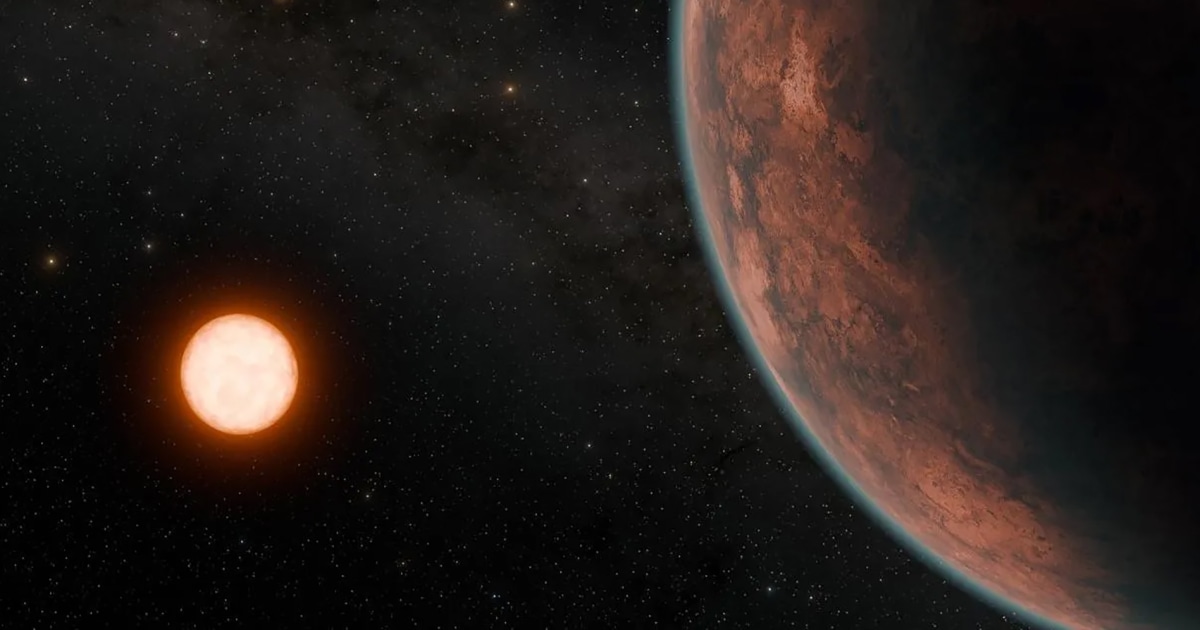A potentially habitable exoplanet, similar in size to Earth, has been discovered in a system located 40 light years away, according to a new study. Named Gliese 12 b, this exoplanet is slightly smaller than Earth, with a diameter comparable to Venus. The planet orbits a cool red dwarf star, known as Gliese 12, every 12.8 days. This star is only 27% the size of the Sun and has 60% of the surface temperature of our solar star.
Researchers from the Center for Astrophysics at the University of Southern Queensland, the Institute of Astrophysics of the Canary Islands (IAC), and other institutions highlight that Gliese 12 b could possess conditions suitable for life. The surface temperature of the planet is estimated at about 107ºF (42ºC). While this temperature is hot, it is lower than that of most known exoplanets, making Gliese 12 b a promising candidate for further study.
The discovery was made possible by NASA's Transiting Exoplanet Survey Satellite (TESS) and other facilities such as the Carmenes spectrograph at the Calar Alto Observatory in Almería and MuSCAT2 at the Teide Observatory in Tenerife. TESS monitors a vast swath of sky for periodic dimming of stars, which can indicate the presence of an orbiting planet.
Despite its promising attributes, scientists do not yet know if Gliese 12 b has an atmosphere. Its proximity to its host star means it receives 1.6 times more energy than Earth from the Sun, but the final surface temperature hinges on whether it retains an atmosphere and its composition. Researchers are eager to utilize advanced tools like NASA's James Webb Space Telescope to study the exoplanet's atmosphere. These studies could reveal whether Gliese 12 b has an atmospheric composition similar to Earth or more like Venus, or if it has an entirely distinct atmosphere unknown in our solar system.
Gliese 12 b represents a significant opportunity to better understand the factors that make exoplanets habitable. The planet serves as one of the best targets to study how Earth-sized planets around cool stars might retain their atmospheres. These atmospheric studies could also provide critical insights into the evolution of our own solar system. Researchers emphasize that understanding the atmosphere of Gliese 12 b could illuminate the divergent paths of planetary development, especially when comparing Earth to Venus.
- Shishir Dholakia, one of the authors of the study and a PhD student at the Center for Astrophysics at the University of Southern Queensland, notes that Gliese 12 b's temperature could allow for the accumulation of liquid water, a key ingredient for life. However, whether the planet has retained an atmosphere from its formation to the present remains an open question.
- Masayuji Kuzuhara, project deputy at the Tokyo Astrobiology Center, describes Gliese 12 b as an 'exo-Venus' due to its comparable size and energy received from its star. The planet's atmosphere could teach us a great deal about the paths to habitability that different planets take as they evolve.
- Enric Pallé, an IAC researcher, asserts that Gliese 12 b is one of the few known transitable planets that are both close enough to Earth for detailed study and meet the necessary criteria for atmospheric analysis. Current technology allows scientists to analyze the chemical composition of exoplanetary atmospheres by observing the unique chemical fingerprints created when starlight passes through a planet's gaseous envelope.





